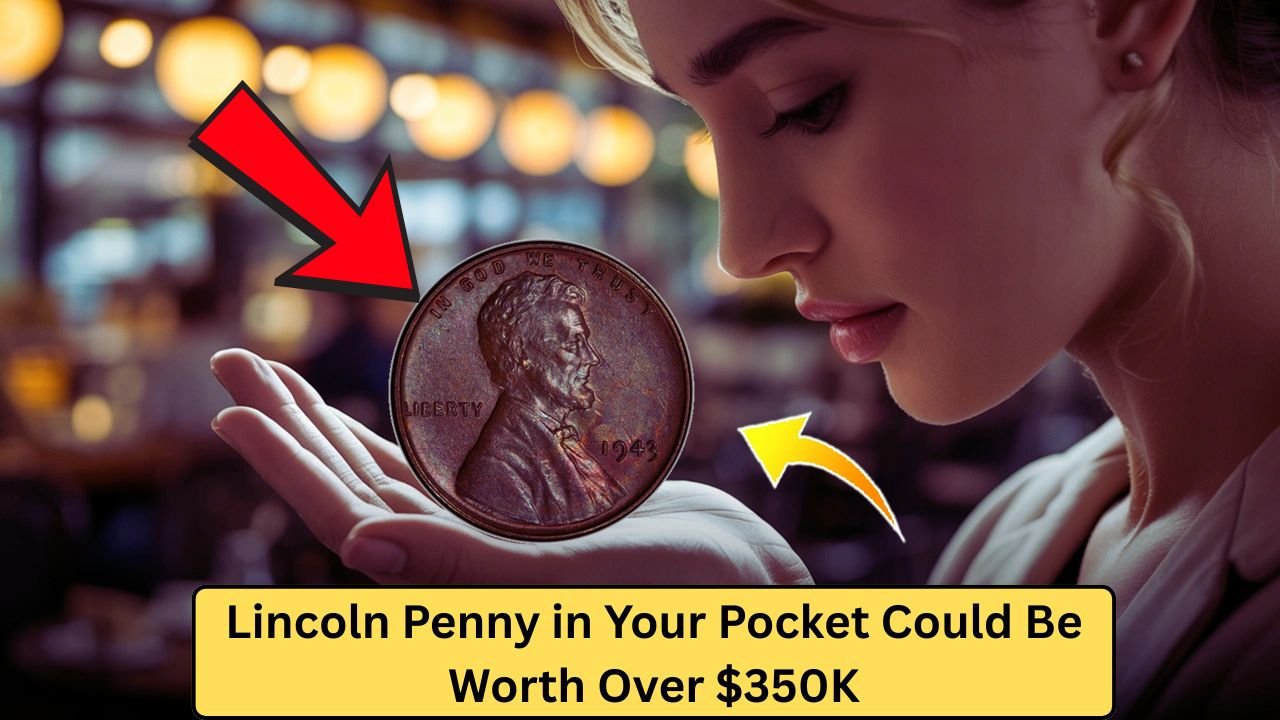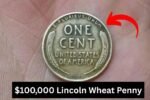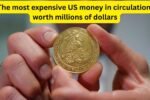A Shocking Discovery in a Dusty Drawer
Last month, Sarah Thompson, a 42-year-old teacher from Ohio, was cleaning out her late grandfather’s attic when she stumbled across an old cigar box. Inside, among faded receipts and loose change, was a crumpled $1 bill. It looked ordinary, but something caught her eye—a tiny star next to the serial number. Curious, she took it to a local coin shop, not expecting much. To her amazement, the shop owner’s jaw dropped. That little star marked the bill as a rare “star note,” one of only a few known to exist from a 1969 printing error. Overnight, Sarah’s find turned her into a quarter-million-dollar sensation.
What Makes a Star Note So Special?
Star notes are replacement bills printed by the U.S. Treasury when regular bills are damaged during production. They’re marked with a star in the serial number and are usually destroyed if flawed. Sarah’s bill, however, was part of a rare batch where a printing mistake made the star note even more unique. Experts say fewer than 50 such bills from 1969 are known to exist, driving their value sky-high. After authentication, Sarah’s bill was auctioned at Sotheby’s, fetching $250,000 from a private collector. The sale sparked a frenzy among collectors nationwide, with many now digging through their own wallets for similar treasures.
The Auction That Changed Everything
The auction was a whirlwind. Bidding started at $10,000, but within minutes, collectors from across the globe pushed the price higher. “I was shaking,” Sarah said, watching the numbers climb on her phone. By the time the gavel fell, her $1 bill had become one of the most expensive ever sold. The buyer, a currency enthusiast from Texas, called it a “once-in-a-lifetime find.” News of the sale spread fast, with headlines dubbing it the “Million-Dollar Mistake.” Social media buzzed as people shared photos of their own $1 bills, hoping to spot a star.
How to Spot a Star Note
Could you have a fortune in your pocket? Here’s what to look for:
| Feature | Description |
|---|---|
| Serial Number | Look for a star (*) at the end or start. |
| Year | 1969 star notes are especially valuable. |
| Condition | Crisp, uncreased bills fetch higher prices. |
| Printing Errors | Misaligned numbers or ink smudges add value. |
If you find one, experts recommend contacting a reputable coin dealer or auction house for authentication. Sarah’s bill was graded “Gem Uncirculated,” which boosted its price significantly.
A Nationwide Treasure Hunt
The story has sparked a modern-day treasure hunt. From gas stations to grandma’s cookie jars, Americans are checking their cash for star notes. Coin shops report a surge in inquiries, and online forums are filled with tips on spotting rare bills. “It’s like a lottery ticket you didn’t know you had,” said Mark Reynolds, a currency expert in Chicago. While most star notes are worth only a few dollars, the rare ones, like Sarah’s, can change lives. The craze has even inspired a hashtag, #StarNoteHunt, trending on social media.
A Life-Changing Moment
For Sarah, the windfall is still sinking in. She plans to pay off her mortgage, fund her kids’ college, and donate to her school’s art program. “I never thought a dollar could do this,” she said, laughing. Her story reminds us that hidden treasures might be closer than we think. So, next time you get change, take a second look—you might just find a star that shines brighter than you ever imagined.




